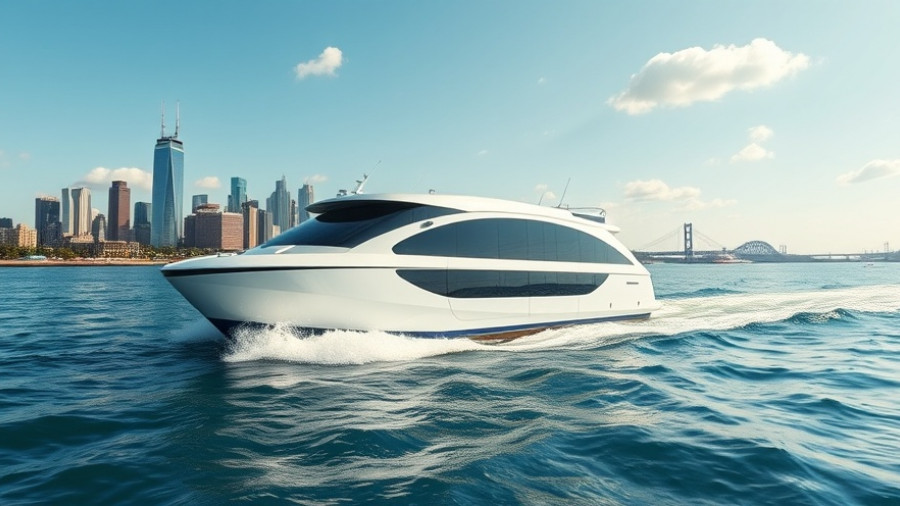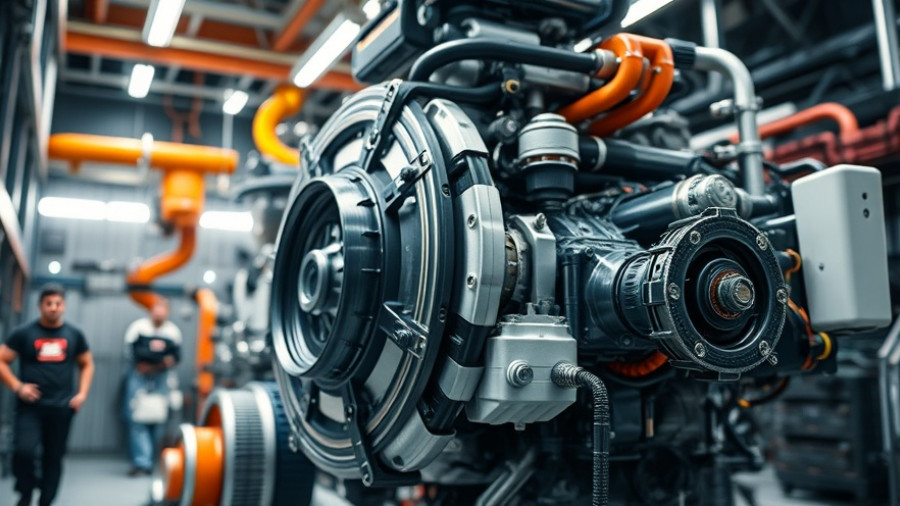
Challenges in Diesel Engine Maintenance
With an increasing concern over the availability of replacement parts for aging machinery, Goltens and Qtagg have stepped in to provide solutions that could revolutionize the marine and land-based engine maintenance sectors. Shipowners and facility operators alike face the daunting task of keeping outdated diesel engines operational as many parts have reached end-of-life statuses. The newly launched ASAC series replacement actuators aim to bridge this gap, ensuring an extended lifespan for these essential machines.
Innovative Solutions on the Horizon
The partnership between Qtagg and Goltens brings to market two new marine-approved replacement actuators: the ASAC 120 and ASAC 420 models. These units are designed to efficiently replace older, unsupported actuators, solving a pressing industry problem. The ease of installation, requiring only one to two days of commissioning, positions these actuators as practical solutions for shipowners worried about extended downtime.
Features That Set ASAC Apart
Notably, Qtagg’s ASAC replacement actuators come equipped with robust mechanical designs and advanced gear systems. Featuring high-efficiency gearboxes with zero backlash, these actuators provide precise control over fuel racks and pumps—crucial for optimal engine performance. Their ability to operate effectively in ambient temperatures up to 85°C further highlights their durability in demanding environments.
A Retrofit Solution for All
Another appealing factor of Qtagg’s ASAC actuators is their compact design, making them easily retrofittable in the same space as older models. This versatility is essential, as compatibility with existing wiring and dimensions allows users to replace units from various brands like Woodward, ABB, and Kongsberg seamlessly. This compatibility ensures that operators can switch out old actuators without the need for extensive modifications to their systems.
The Experts Speak: Reliability and Peace of Mind
Tomas Lindqvist, CEO of Qtagg, expressed pride in the launch of these actuators, emphasizing their reliability born out of years of successful market presence. The reassurance of a zero percent failure rate for existing ASAC models instills confidence among customers, making the transition to these new actuators a rational choice for prolonging the life of diesel engines.
Future Predictions in Diesel Engine Control
As technology evolves, the importance of digital solutions in engine management systems cannot be overstated. The ASAC models can still perform under analog controls, but they shine brightest when integrated with digital systems that allow for remote monitoring and optimal fuel consumption strategies. Such advancements are increasingly essential as industries seek to balance performance with eco-friendly practices.
Conclusion: A Turning Point for Diesel Engine Maintenance
The launch of the ASAC 120 and ASAC 420 actuators signifies a turning point in diesel engine maintenance, providing a much-needed solution for shipowners and land operators facing a supply crisis in replacement parts. As Goltens and Qtagg continue to innovate in this space, the future of diesel engine management looks promising, with potential implications for efficiency and sustainability in maritime and industrial operations.
 Add Row
Add Row  Add
Add 




Write A Comment